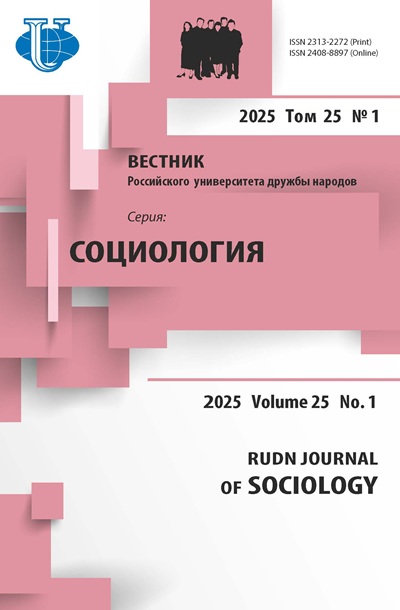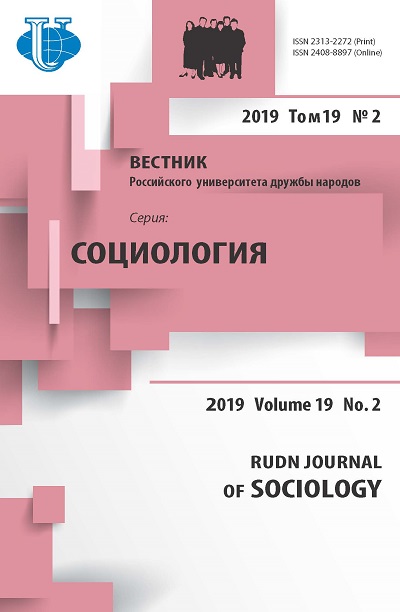Abstract
One of the constitutive elements of former socialist societies that suffered radical transformations in recent decades of ‘the transition’ is certainly the agrarian structure. The authors focus on the sociological aspects of the Serbian agrarian structure transformation from the breakdown of the socialist system to the present day. The first phase of changes (1990-2000) created an environment and prerequisites for the differentiation of peasantry that continues until the present day. The second phase (2001-2012) is characterized by the appearance of large agricultural enterprises that emerged primarily as a result of privatization. During the third phase (2013-) Serbia has been drawn into the global process of ‘land grabbing’. The authors argue that in agriculture, instead of the middle class consisting of farmers, the country got a very differentiated peasantry opposing the large enterprises; and this situation is typical for post-socialist states due to three interrelated reasons: the new social-economic order was not built on the ruins of socialism but rather from the ruins; different actors within the Serbian society pursued their particular interests in the process of changes and followed demagogical declarative instructions from external experts, especially from the West; new political elites did not strive to build ex-socialist states according to their own model but rather met the needs and carried out the plans of their governments and companies, i.e. the term ‘periferization’ should be used instead of the term ‘transition’. In the final part of the paper, the authors try to answer the question why the transitional expectations regarding agrarian structural transformation did not come true, and the institutional framework for the majority of farmers working on the medium-size lands was not created. The authors also try to predict the upcoming possible alterations within the agrarian structure of the Republic of Serbia.














